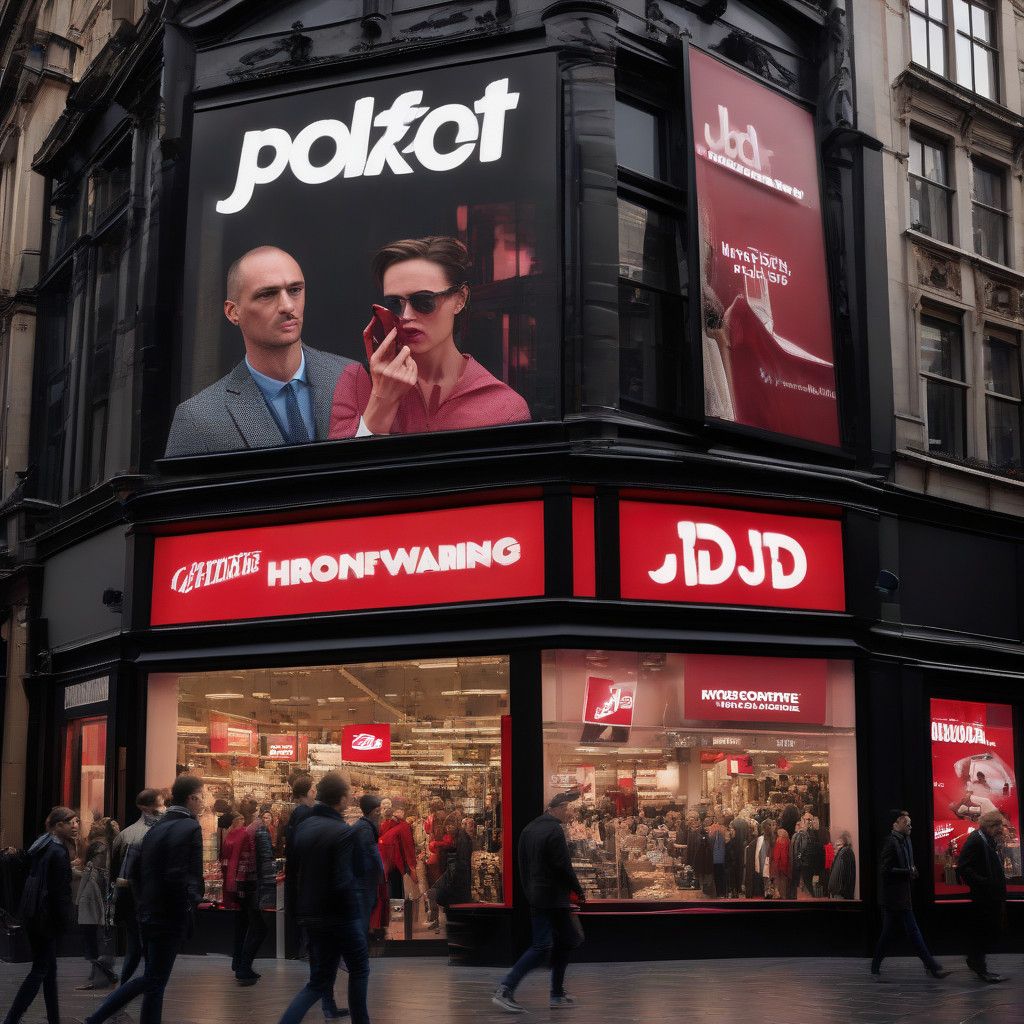The recent profit warning from JD Sports has captured the attention of investors and industry professionals alike, as the British fashion and sports retailer revealed disappointing sales figures for October. The impact of mild weather combined with aggressive discounting from competitors has led to an immediate sell-off, resulting in a 14% drop in shares. This downturn wiped approximately £800 million ($1.07 billion) off the company’s market value, signaling a need for deeper analysis of the current retail environment.
Régis Schultz, the CEO of JD Sports Fashion Group, acknowledged the challenges faced during this period, stating that while the company started the quarter strong with robust back-to-school sales, the situation deteriorated sharply as the month progressed. Increased trading volatility in both North America and the UK contributed to this decline, largely attributed to heightened promotional activities in the market and unusual weather patterns.
Data from the company indicated a stark drop in underlying sales: a 2.4% decline in the UK and a 1.5% decrease in North America over the three months leading to November 2. In contrast, European sales managed a modest increase of 3.5%, offering a sliver of good news amid the struggling figures. The JD chain itself reported a significant 1.6% decline in sales, highlighting the specificity of the challenges it faces compared to its outdoor ware business, which saw a 6% increase, primarily driven by a rainy summer that boosted demand for outdoor apparel.
Alice Price, an apparel analyst at GlobalData, remarked that JD Sports has felt the sting of cautious consumer spending, which reflects a broader issue within the sportswear market. Many shoppers are reconsidering their spending habits, influenced by economic pressures and shifting preferences. The current landscape is one where consumers gravitate towards necessities and practical purchases, thereby sidelining discretionary spending on sportswear.
The grim outlook presented by JD Sports raises concerns about the upcoming holiday season. Consumer confidence appears fragile, compounded by persistent economic strains such as high energy bills and rising costs related to housing. Households seem to be prioritizing vacations and experiences over material goods, further dampening the market for fashion retailers. This shift in consumer behavior has already been flagged by the British Retail Consortium, which reported that fashion saw the steepest sales decline in October, following declines in toys and furniture, while categories like computing and health and beauty showed more robust sales.
The challenges faced by JD Sports are not an isolated incident; they highlight a more profound issue impacting various retailers in the current economic climate. With many consumers tightening their belts, the pressure on store sales is leading to fears of another difficult winter for retailers. As the market grapples with factors like fluctuating demand and fierce competition, the viability and profitability of fashion retailers are brought into sharp focus.
In response to these pressures, JD Sports has adjusted its profit expectations, forecasting underlying earnings to be at the lower end of its prior estimates, now projected between £955 million and just over £1 billion. This newly revised outlook is a telling reflection of the volatile trading environment and the adverse impact that unseasonable weather and consumer spending habits are having on the business.
Overall, JD Sports’ downturn serves as a cautionary tale for other brands within the sector. The current climate requires innovative strategies to attract and retain consumers. Companies must be proactive in understanding shifts in consumer behavior, adapting to economic realities, and creating compelling value propositions that resonate with increasingly discerning shoppers.
In conclusion, JD Sports exhibits the challenges that lie ahead for many in the retail sector. Vigilance, adaptability, and consumer engagement will be pivotal in navigating the winding road of the fashion retail landscape as brands strive to remain relevant in such a competitive and volatile environment.












